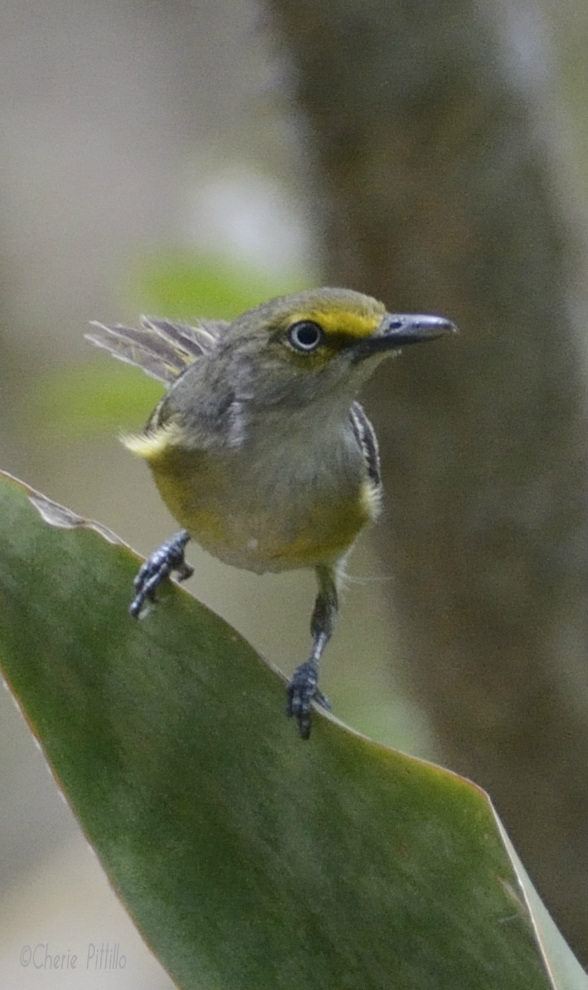This article is the second of two parts on the Semarnat and Conacyt joint efforts to learn more about how climate change affects Yucatan and the migratory birds that come to the Peninsula each year in their journey to the south…
To see Part 1 Click Here.
MERIDA — Post-doctorate in Environmental Conservation from the University of Massachusetts, Richard Feldman, along with his research team developed the first description of the coastal fruits phenology for the Yucatan Peninsula, which has approximately 271 plant species.
The fieldwork was developed in El Cuyo, Ría Lagartos Biosphere Reserve, in Yucatan, and Isla Contoy National Park, in Quintana Roo, finding differences in the phenology of the fruits of both sites.
“We have found that West Indian Milkberry and Florida Thatch Palm are the main fruits in Río Lagartos, while in Isla Contoy National Park we find Pigeon Berry and Buttonsage, which are the only species that gave fruit in this period,” said Dr. Feldman.
To monitor the fruits, the specialists randomly selected 15 of the previous mentioned plants in Isla Contoy and 50 of them in El Cuyo, because these are the species that produce fleshy fruits that are probably eaten by migratory birds, and they made a weekly count of the number of mature, immature and overmature fruits present in each plant.
Through the use of 10 fog nets, birds were trapped for their registration and to count the number of fruits that were around the capture sites.
The hypothesis of the Richard Feldman’s team indicates that the changes in the environment will make Fruit production start before that season. Meanwhile, bird migration will be delayed because the summer in the North will be longer, causing their breeding days to continue. “The production of fruits will advance and we will see a separation between the production of fruits and the migration that now are equal,” he said.

Six Gray Catbirds seem to play cat and mouse while bathing or drinking water. (Photo: Cherie Patillo for TYT)
The researchers suggest that when there is more availability of fruits, the birds take shorter stops to continue with their migration, while if there are fewer fruits they require longer stays to find the resources they need.
But what the researcher and his team have observed with the species red-eyed vireo and grey catbird is that the duration of its stops does not depends on the food availability because these two bird species have already reduced their time in the peninsula due to other unidentified elements, which is contrary to Feldman’s hypothesis.

White-eyed Vireo gulped water quickly after it scouted for safety and then fled (Photo: Cherie Patillo for TYT)
Dr. Feldman states that the next stage is to study the behavior of the white-eyed vireo, a migratory bird that spends the winter in the Peninsula, to investigate with greater precision the role of migratory birds in the seed dispersion.
The expert also stressed that despite the fast development of climate change, its effects are difficult to trace in short periods of time, so the researchers suggest that it will take about five years to be certain that the changes observed in the phenology of plants are a reflection of that atmospheric phenomena.
Source: www.yucatan.com.mx




